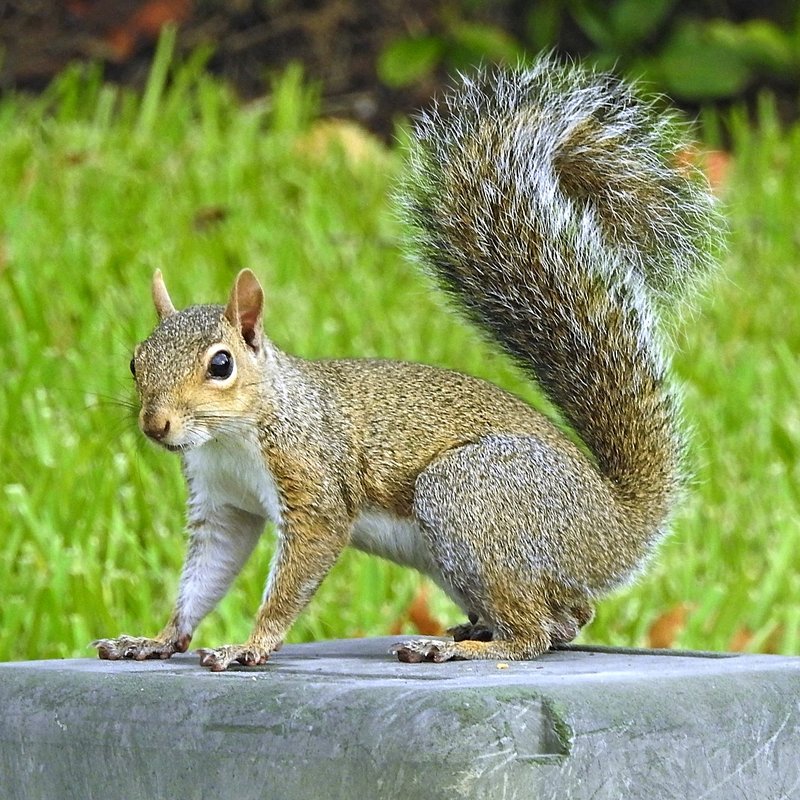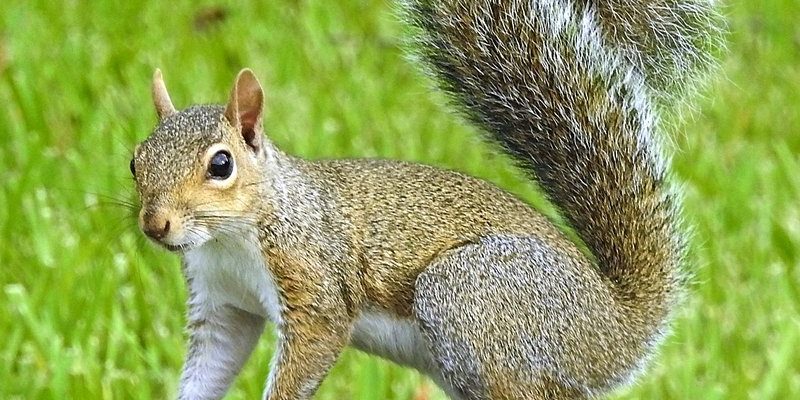
In the grand scheme of ecology, squirrels play a crucial role. They help with seed dispersal, which contributes to forest growth. However, not all squirrel species are doing equally well. Some are thriving in urban areas, while others are struggling to survive in their natural habitats. The conversation around conservation isn’t just about saving species; it’s about maintaining the balance of our ecosystems. Here’s the thing: understanding the status of squirrel populations can give us valuable insights into the health of the environment they inhabit.
Squirrel Species and Their Habitat
You might be wondering just how many species of squirrels are out there. It turns out there are over 250 species of squirrels worldwide, grouped into three main families: tree squirrels, ground squirrels, and flying squirrels. Each has its unique adaptations. For instance, tree squirrels are often seen darting up trunks, while ground squirrels prefer to stay low and burrow.
Their habitats vary widely too. Squirrels thrive in diverse environments—from dense forests to urban parks. Imagine a park with towering trees that’s bustling with life. Here, tree squirrels jump around, while ground squirrels may burrow in nearby grasslands. Unfortunately, habitat loss due to urban development, agriculture, and climate change puts pressure on these habitats, making it harder for squirrels to find food and shelter.
Why Are Some Squirrel Species Endangered?
Not all squirrels are created equal when it comes to their conservation status. Some species, like the Eastern Gray Squirrel, are doing just fine, while others, like the Humboldt’s Flying Squirrel, are considered vulnerable or endangered. Here’s why this happens:
– Habitat Loss: As cities expand and forests shrink, squirrels lose their homes. When trees are cut down, it directly affects their ability to find food and reproduce.
– Predation and Competition: Non-native species, like cats and certain rat species, can threaten local squirrel populations. These animals often compete for the same resources or directly prey on squirrels.
– Climate Change: Changes in temperature and rainfall patterns can disrupt the food supply. For example, if acorn production declines due to climate shifts, squirrels may struggle to survive.
Understanding these pressures helps us see why conservation efforts are essential for certain squirrel species.
The Role of Conservation Organizations
Conservation is a community effort. Various organizations work tirelessly to protect wildlife, including squirrels. Groups like the American Wildlife Federation and the Squirrel Rehabilitation & Education Program have programs aimed at raising awareness and providing resources for squirrel conservation.
These organizations focus on several initiatives:
– Habitat Restoration: They work to restore and maintain natural habitats, ensuring that squirrels and other wildlife have safe spaces to thrive.
– Education and Outreach: Educating the public about the importance of squirrels in the ecosystem can foster a sense of responsibility and encourage protective measures.
– Research and Monitoring: Keeping track of squirrel populations helps identify trends and problems early on. If a specific species is declining, targeted interventions can be implemented.
By supporting these organizations or participating in local initiatives, you can help make a difference.
What Can You Do to Help Squirrels?
You might be wondering how you can personally contribute to squirrel conservation. Here are a few simple ways to help these playful creatures:
- Plant Native Trees: By planting native plants and trees in your garden, you provide essential food and shelter for squirrels.
- Support Local Conservation Efforts: Get involved with local wildlife organizations or participate in community clean-up efforts.
- Educate Others: Share what you’ve learned about squirrels and their conservation needs with friends and family. Awareness is key!
Small steps can lead to significant changes, especially when a community comes together.
The Impact of Urbanization on Squirrel Populations
Urbanization is a double-edged sword for squirrels. On one hand, areas with plenty of parks and trees can offer new homes for squirrels. On the other hand, urban life comes with challenges. Noise, traffic, and pollution can put stress on squirrels and their habitats.
In cities, squirrels often adapt by changing their behavior. They might become more daring, scavenging for food in trash cans or even approaching humans. But this adaptation can also expose them to dangers, such as cars or predators. It’s a balancing act, and not all squirrels fare well in this new environment.
This highlights the need for thoughtful urban planning that takes wildlife into account. Creating green spaces that promote biodiversity can help support local squirrel populations.
So, are squirrels endangered? It depends on the species and the region. While some are thriving, others face significant challenges. The good news is that by raising awareness, supporting conservation efforts, and making small changes in our lives, we can help protect these charming animals.
Every little effort counts in the grand scheme of conservation. Whether you’re planting trees, educating others, or simply observing these creatures in your backyard, you’re part of the solution. Let’s work together to ensure that squirrels continue to climb, leap, and thrive in our world for generations to come.

